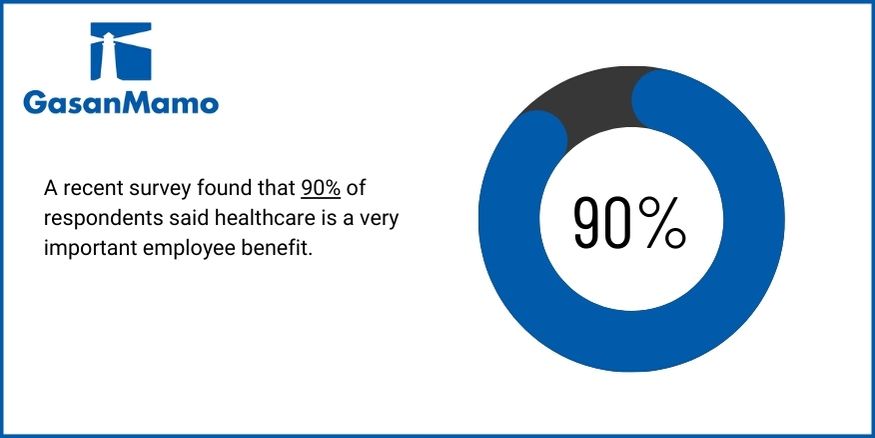Amazon, one of the world’s largest tech firms, has announced their decision to end their hybrid work policy in favor of returning to the office five days a week. This decision raises questions as to whether this will be the first of many tech industries abandoning flexible and hybrid schemes.
This move sparks several controversies in Singapore as the country has most recently adapted their policies on 4-day work weeks. In this article, we will look at the impact Amazon’s decision has on the industry and what it means to employee benefits moving forward.

What This Means for Amazon Employees
The recent announcement has sent waves down Amazon’s Singapore office, with employees expressing disappointment and concerns over the company’s decision as many have adapted to the flexibility of hybrid work.
The abrupt shift back to a full-time office setup also contradicts the prevailing trend of tech companies embracing remote and hybrid work arrangements worldwide.
How the Tech Industry Will be Affected
The decision made by Amazon could potentially set the precedent for other tech companies to follow suit. While large tech firms may not immediately enforce a full return to the office due to space constraints resulting from previous real estate reductions, it is anticipated that they may eventually move towards a more traditional in-office work model.
This shift can cause significant implications for talent retention and attraction within the industry. Whilst larger firms may not be affected as much with switching back to an office-based work arrangement, smaller firms may find it more challenging to compete for talent; as such, they may want to offer flexible work arrangements despite the new shift in the industry to remain competitive.
What Challenges Will This Bring?
Whilst there are arguments in favor of in-office work for fostering collaboration and strengthening company culture, others highlight the challenges associated with a full return to the office. Factors such as commute times, productivity, and work-life balance come into play, posing potential hurdles for employees.
Conclusion
Amazon’s back-to-office policy shift has stirred conversations within the tech industry, raising questions about the balance between in-office collaboration and remote work flexibility. Companies will need to navigate these challenges to create work environments that cater to the needs of their employees while driving innovation and productivity.
Despite Amazon’s decision, the future of work arrangements in the tech industry still remains dynamic. It is likely that companies will continue to adopt a hybrid approach, offering a blend of in-office and remote workdays to cater to employee preferences and changing work norms. This flexibility could become a key differentiator for tech firms in attracting and retaining top talent.
To continue to remain competitive in the war for talent, companies can optimize their employee benefits to foster a better and more inclusive work environment. Pacific Prime is an award-winning global insurance broker and employee benefits specialist with over 20 years of experience in the industry. Our experts are adept at simplifying the complex insurance process to help your employee benefits package remain competitive in your industry.
Get in touch with Pacific Prime CXA to know more.













 Artemis reported back at the end of September that Prologis, Inc. had returned for its second venture into the catastrophe bond market, looking for a renewal of its soon to mature first deal.
Artemis reported back at the end of September that Prologis, Inc. had returned for its second venture into the catastrophe bond market, looking for a renewal of its soon to mature first deal.




